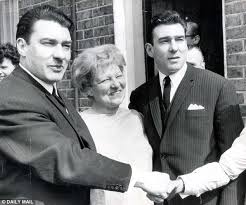 The Kray twins with Mum - dailymail.co.uk
The Kray twins with Mum - dailymail.co.uk However, there is doubt about the legendary star ever meeting the Krays. Dame Joan Collins, 82, was one of the many celebrities who visited the Krays’ night spot, the Kentucky Club, after it opened in 1962. The Krays loved to invite the stars to their club, and were often photographed with them there.
My husband has told me about the goings-on there and how he would wait at the Club's bar until one of his passengers deigned to leave. Back in those days, he drove a private hire car in London.
In the film, the actress is seen at the venue with the notorious twins. In reality, it has never been established whether Dame Joan Collins ever met them. You know how details are often tweaked in films or programs about famous people. At the time Joan Collins, one of cinema’s most beautiful actresses, had just missed out on the role of Cleopatra, which went to Elizabeth Taylor.
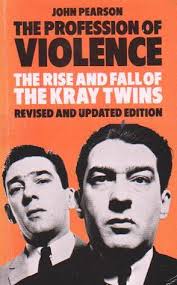 www.goodreads.com
www.goodreads.com 'Mum would always be the nearest thing to a conscience that the twins possessed. Even when they were terrorising both the East End and the West End and delighting in the title of Kings of the Underworld, they watched their language around her because she couldn't abide swearing.
On nights out with her, they and the rest of The Firm, as their gang of thuggish associates was known, were on their best behaviour. They wore snowwhite shirts with tightly knotted slim silk ties, and sharp blue suits with narrow trouser legs and knifelike creases. They moderated their drinking.
Whatever her beloved twins chose to do she was always ready to condone; and if she felt she couldn't actively do so she would close her eyes to it. They were her special boys and, whatever they did, she was always proud of them.
But Violet was a faulty moral compass. Thanks to her, a great deal was forgiven and a great deal more was overlooked. And her approval encouraged the twins to believe they could get away with murder.'
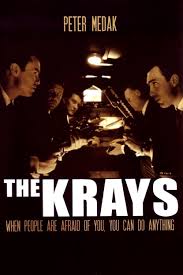 Movie - flickfacts.com
Movie - flickfacts.com Why do we hold glamor and danger in such high esteem? Movies show the shocking detail, the terror, and the high life so well that we almost forget that life wouldn't be pleasant. All we know is that something's happening to lift us out of our mundane routine.
So, watch the film Legend in complete safety. And be glad you were not around to feel the flack.
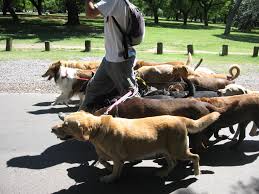



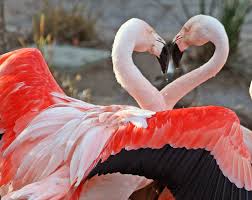
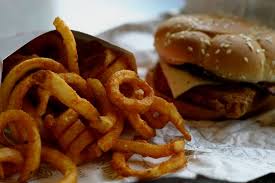
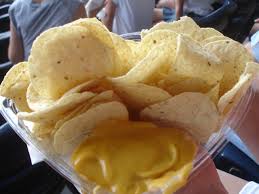
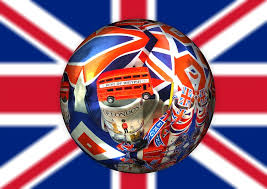
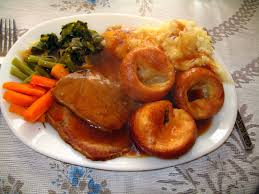
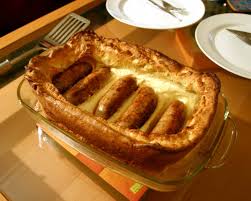
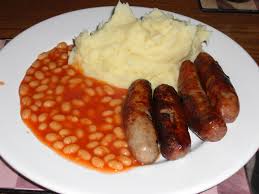
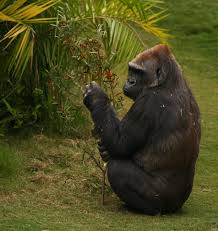
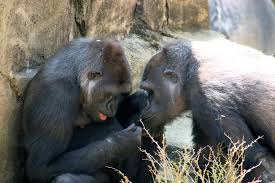

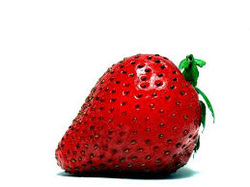
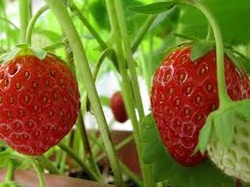


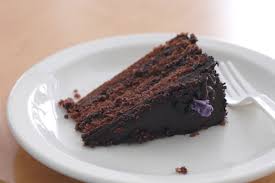
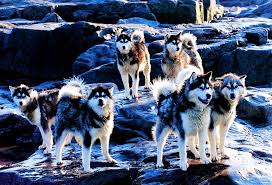
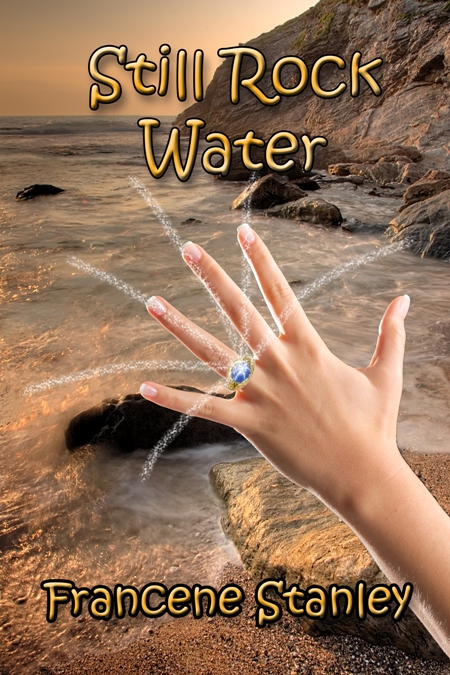
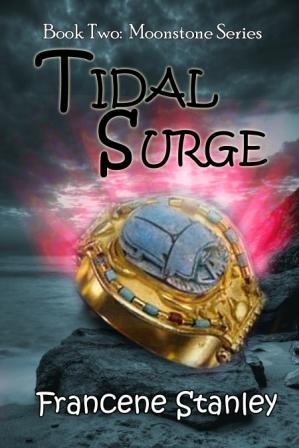
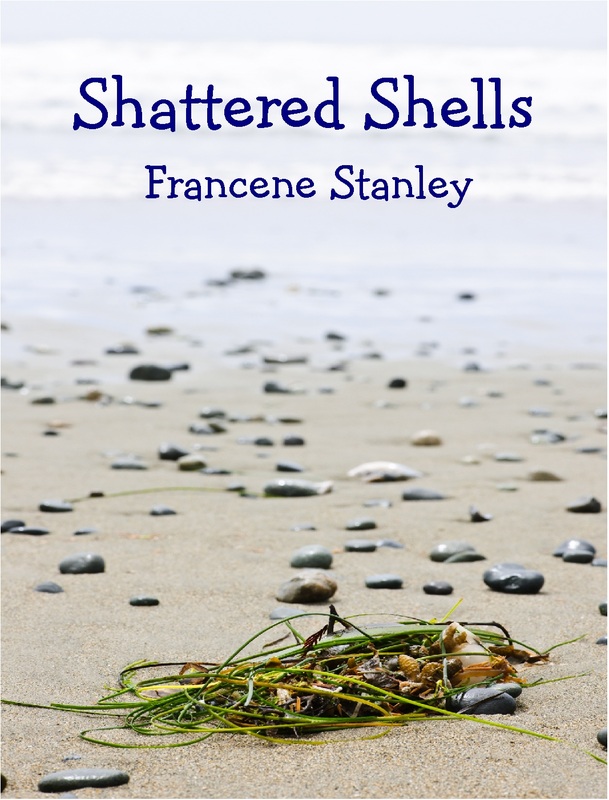

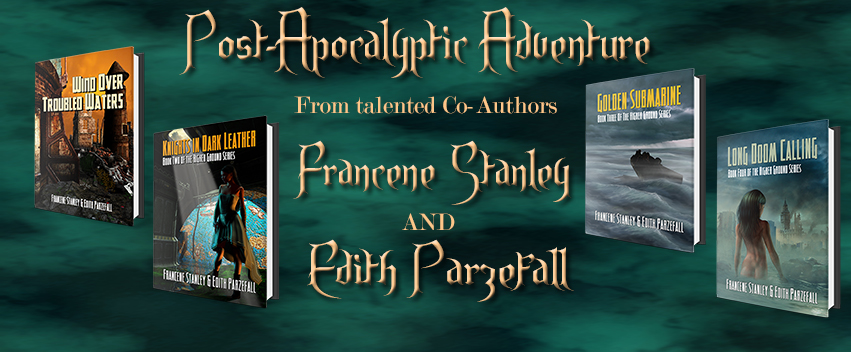
 RSS Feed
RSS Feed
